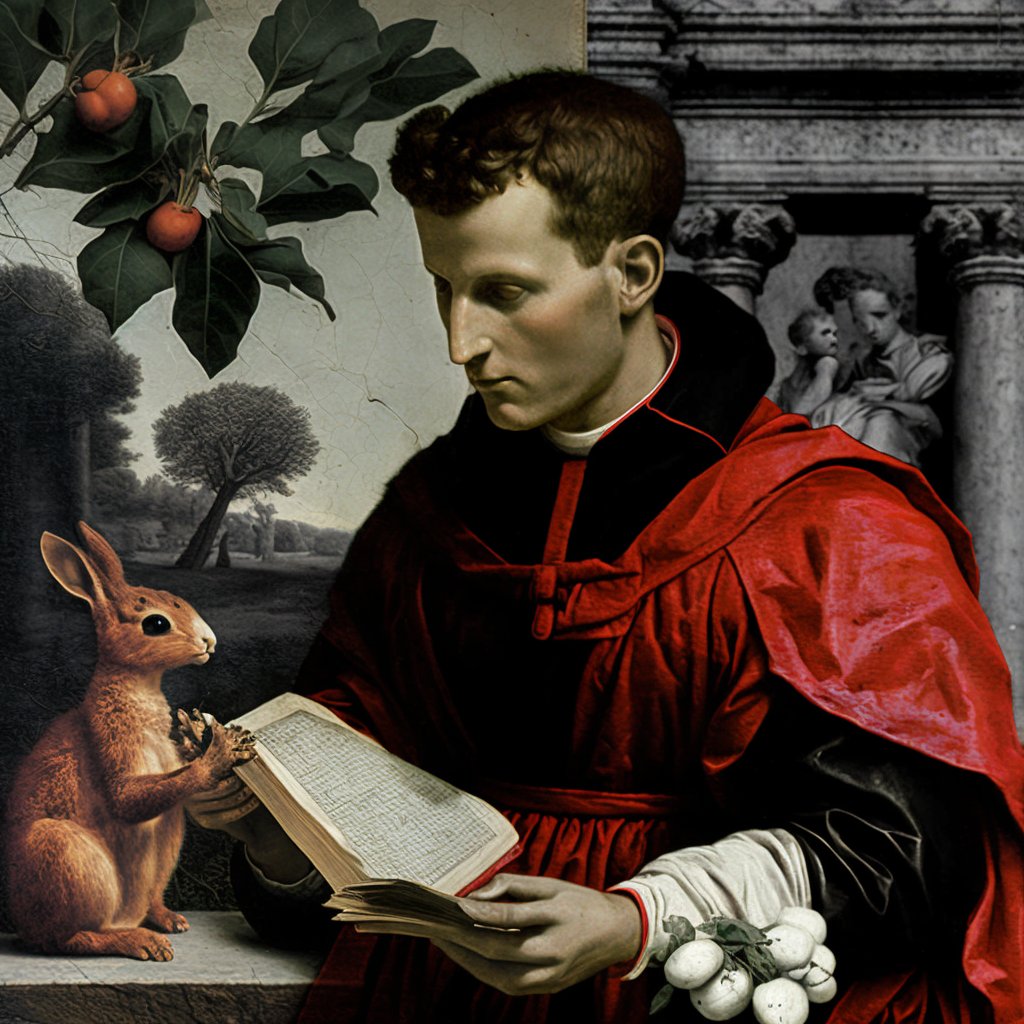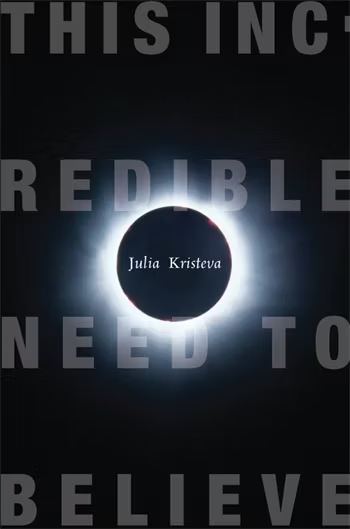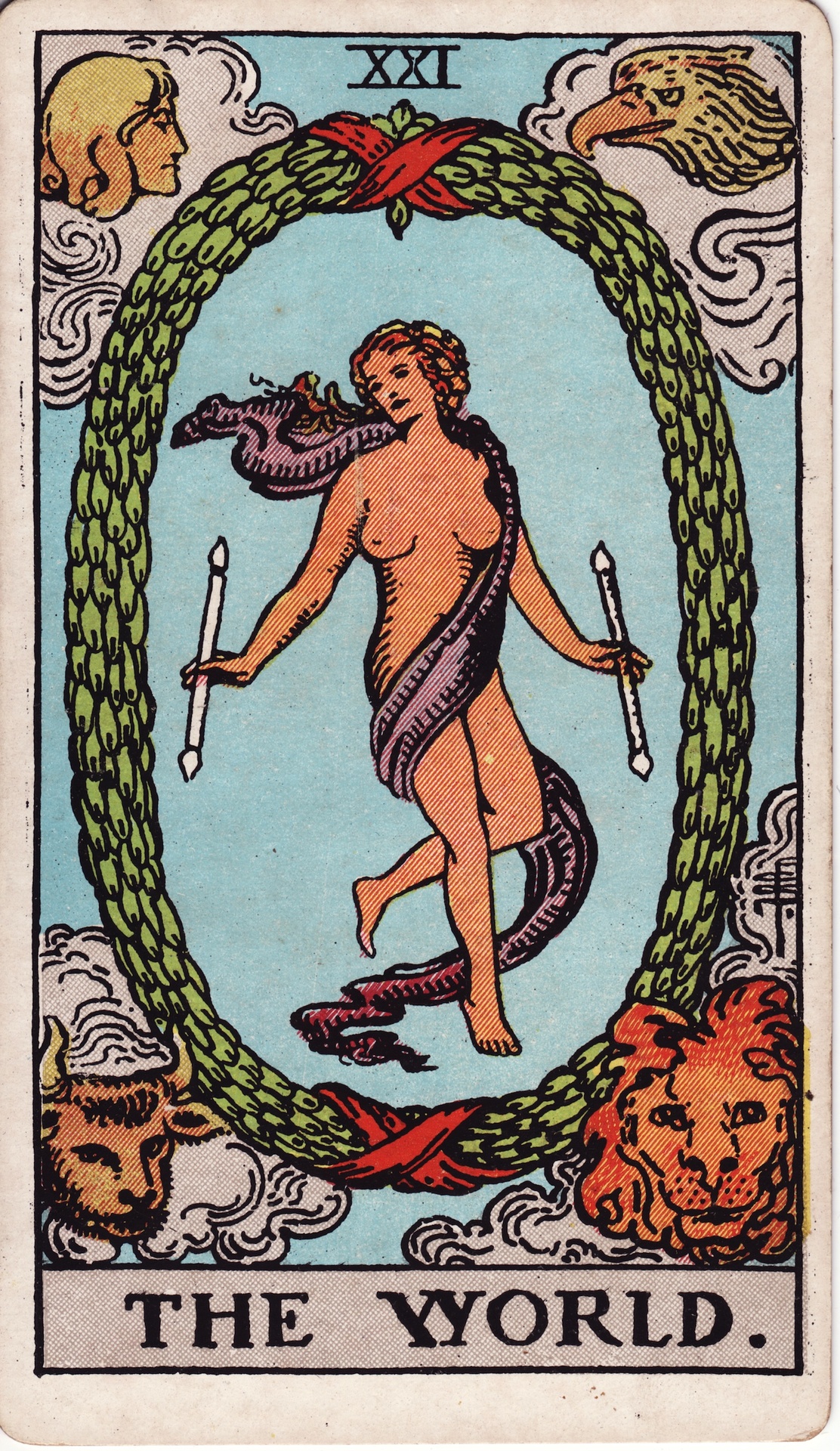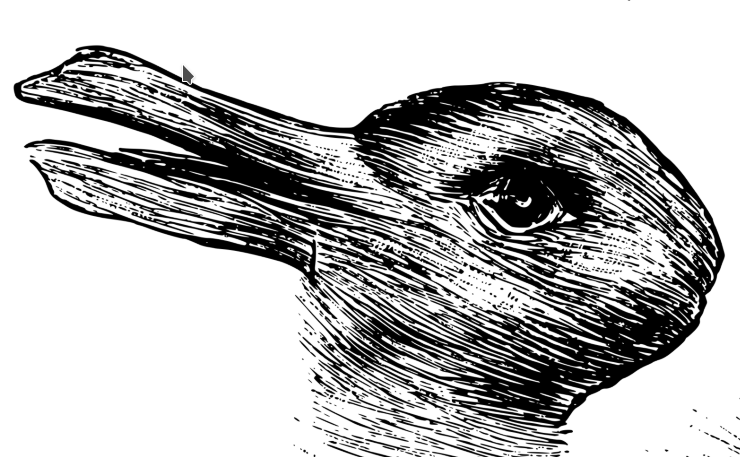
Julia Kristeva's 'unbelieveable need to believe'
In February 2024 in Writing good out of me worlds better than the old fool's selfie I left off with an enigmatic:
And Julia Kristeva’s Lacanist worlding? I may leave that for another day with the cheap remark that it is not engrams all the way down.
No, they lie only between the fool and the world.
So finally I have tracked down a her book of essays and thei nterview with Carmine Donzelli This incredible need to believe which also entitles the book.

Julia Kristeva is no fool, and writes beautifully. At this point I have read the preface and the interview. My attitude to psychoanalysis as a cultural tool, i.e. drawing lessons from psychology into the world, is that it has, as a (post)(pre)structuralism an unconscious and a subconscious which the essay attempts to find by way of anthropology, but really lies in evolutionary processes and their ilk. Yeah, but nah.
To put it quickly as possible (I have a wedding to go to today), believing is an outcome of social politicking which needs to corral the world-building urge that we share, and, in particular, control the feelings that we should when we go to share them. Believing, unbelievable or not, is not a need, the 'need' is an outcome of an urge to organise the world, in particular to control how it is organised. It is an outcome of a derivative, and thus is entirely optional, and not at all deeply incredible.
Calling belief a need is failure of observation.
Blame is the other part of credit Julia, and blame is entirely poltical and moral, a higher truth I suppose? (Croyance - Créance)
A church is a way of doing that control work, the fact that elements of these outcomes go rogue and become free floating radicals does not mean these things are real outside those contexts. Our psychologies and politics use them as we see fit. They are not structures tht animate us as individuals unless we so choose, and as political contexts seek to control those choices.
Just as a consultation with a reader of tarot cards may not be completely without insight, there are some interesting bits in Kristeva's words, on adolescence for example, but you know, they would be interesting without the psychoanalytical staging.
The key example for me, is the example of eating disorders as an example of blah blah blah. Given that eating disorders have a major genetic component, and given that there is some trigger governed by food intake dropping below a certain level creating a vicious cycle of decline, & given that disparaging voices are heard by the victim, that they are not good enough and the magic of [not eating] and/or exercising more and more will make them better people, her psychoanalytic exampling is way off the mark.
Sufferers in recovery feel that is is more like an obsessive compulsive disorder (OCD) but because it focussed on food or wellness or fitness or sitting on top of a pole as an achorite, the voices are like an endo-parasite trying to self-zombify to host, with death as a reward. "Eating disorder" might name the symptoms that present to clinicians, but that is an outcome of what the OCD-like pathways focus on by happenstance. If it focusses on wellness and fitness then it will be called orthorexia rather than anorexia. The forms of the outcomes are based on social contexts (a contrast for us is we don't see many anchorites on top of columns at the moment), it does not depend on internal struggles in a mythopoetic selfing hero's journey, like shadow fighting onthe interior of a skull.
See also Associations of dietary patterns with brain health from behavioral, neuroimaging, biochemical and genetic analyses Nature Mental Health, Volume 2, pp 535-552 (2024).
If you go cold turkey from a high protein diet to one that does not even include beans, lentils, tofu, your brain will not be able to think your way out of an eating disorder, let alone talk your way out if you have voices in your head that is not you. All talking will be part of an intervention to help turn those talky-talky voices off that are not you. Sure you can do that in an psychoanalytical framework, but a deck of tarot cards is complex enough to do this too, and at least it's focus is the future, rather than some repressed highsight.
Sure you can label those voices as some sub-un-consious thing in some structuralist story utilising Greek myths, sure reasonable psychoanalytically trained peeps will look to organic causes, but you might just as well use the hanged man from a Tarot deck and be reasonable about it.
Or The world.

Short notes on Freudianism & Lacanism. Such uses of psychoanyltical approaches to culture (and individuals are mostly culture -- admittedly the relationship between relationships and the individual are frought with onion-layerness) is an infanitlist approach to put everyone in nappies. Even those who should be adulting along as parents. Such stories seem reserved for the position of the therapist and dealth with, often badly, in terms of transition and re-attachment.
A mytho-structuralist reductive infantilism. It's a trap.
Thus true to her trade Kristeva over-intensifies believing, unaware of it 'roots' in practices, and seeks instead psychology as the approach. Practices are outcomes. Outcomes present as symptoms, not causes. By focussing on psychology we often lose sight of this, we look into the subjects story and not the history around us. We want to believe that something exists, so we go looking for an origin story for the unicorns we see in our minds.
Kristeva, Julia. This Incredible Need to Believe. European Perspectives. New York: Columbia University Press, 2009.
“Associations of Dietary Patterns with Brain Health from Behavioral, Neuroimaging, Biochemical and Genetic Analyses.” Nature Mental Health 2 (2024): 535–552.
